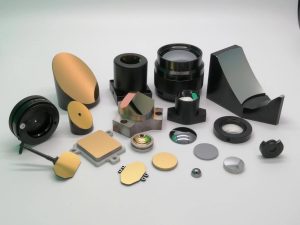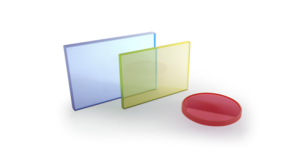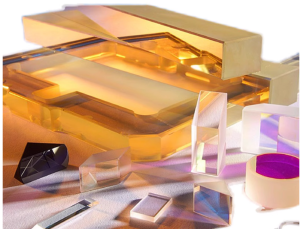
Quartz glass is a special industrial technology glass made of silica. It is a very excellent basic material. Quartz glass sheet has a series of excellent physical and chemical properties, such as:
1. High temperature resistance
The softening point temperature of quartz glass is about 1730 ℃, which can be used at 1100 ℃ for a long time and 1450 ℃ for a short time.
2. Corrosion resistance
Except hydrofluoric acid, quartz glass hardly reacts with other acids. Its acid resistance is 30 times that of ceramics and 150 times that of stainless steel. Especially its chemical stability at high temperature is unmatched by any other engineering materials.
3. Good thermal stability
The thermal expansion coefficient of the adaptive glass is very small and can withstand drastic temperature changes. The quartz glass will not burst when heated to about 1100 ℃ and put into normal temperature water.
4. Good light transmittance
Quartz glass sheet has good light transmission performance in the whole spectral band from ultraviolet to infrared, and the visible light transmittance is more than 93%, especially in the ultraviolet spectral region, the larger transmittance can reach more than 80.
5. Good electrical insulation
The resistance value of quartz glass is 10000 times that of ordinary glass. It is an excellent electrical insulation material and has good electrical properties even at room temperature.
2、 Quartz brand, name and category
1. Brand and name of optical quartz glass (see Table 1).
Brand name application spectrum band range( μ m)
JGS1 far ultraviolet optical quartz glass 0.185-2.5
Jgs2 UV optical glass 0.220-2.5
Jgs3 infrared optical quartz glass 0.260-3.5
Note: visible optical quartz glass cannot be arbitrarily selected from the above three grades.
2. Classification and grading of the following quality indexes of optical quartz glass.
(1) Spectral characteristics: divided into three categories;
(2) Optical uniformity: divided into five categories.
(3) Birefringence: divided into five categories;
(4) Stripes: divided into three categories and three levels;
(5) Nonuniformity of the number of seeds: divided into three categories;
(6) Bubbles: divided into seven categories;
(7) Fluorescence characteristics: divided into two categories.
3. Spectral characteristics
(1) JGS1 far ultraviolet optical quartz glass is divided into three categories according to spectral characteristics (see Table 2).
Transmittance of 10mm blank (%)
Category 0.185 μ m 0.200 μ m 0.220 μ m 0.240 μ m 0.300 μ m 0.185-1.2 μ m
1 > 85 > 85 > 85 > 87 > 90 no absorption peak
2 > 70 > 80 > 80 > 80 > 85 no absorption peak
3 > 70 > 70 > 70 > 70 > 80 no absorption peak
(2) Jgs2 UV optical quartz glass is divided into three categories according to spectral characteristics (see Table 3).
Transmittance of 10mm blank (%)
Category 0.200 μ m 0.240 μ m 0.300 μ m
1 >80 >75 >85
2 >75 >70 >75
3 >65 >70
(3) Jgs3 infrared optical quartz glass is divided into three categories according to spectral characteristics (see Table 4).
Transmittance of 10mm blank (%)
Category 2.0 μ m 2.5 μ m 2.7 μ m 2.8 μ m 0.2-2.8 μ m
1 > 85 > 85 > 85 > 87 no absorption peak
2 > 70 > 80 > 80 > 80 no absorption peak
3 > 70 > 70 > 70 > 70 absorption peak is allowed



